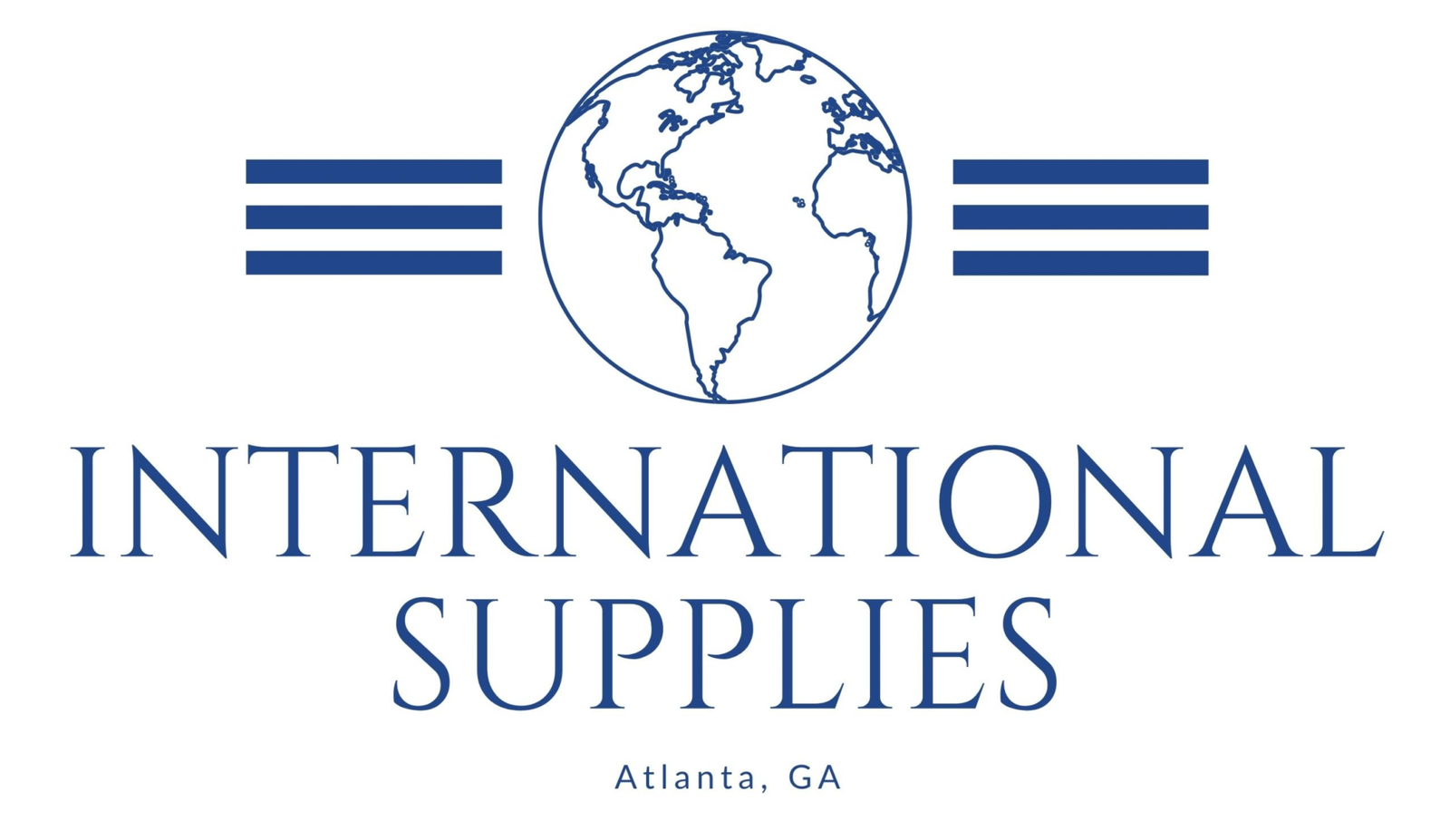Supplier diversification is a big deal in any market, including the slipper market. This is especially true for B2B buyers like supermarket chains, retail stores, wholesalers, etc. Understanding how to diversify your suppliers can save your business, give you more negotiating power, and make you more money. In this chapter, we’ll look at different ways to diversify your suppliers in the slipper market. This will give you a roadmap for how to think about your supplier relationships.
1. Why Supplier Diversification Matters
Before we get into the strategies, let’s talk about why supplier diversification is so important, especially in the slipper market. Slippers, like any other fashion or consumer product, are subject to market ups and downs, changes in demand, and supply chain risks.
Key Reasons :
- Mitigating Supply Chain Disruptions:A diverse supplier base means you don’t run out of stock, and you don’t have to rely on one supplier. If one supplier has issues like running out of raw materials or having logistical problems, you have others to help fill the gap.

- Enhancing Product Variety: The slipper market is diverse. You have everything from luxury slippers to eco-friendly, mass-market slippers. Having multiple suppliers allows you to cater to different consumer preferences. This makes your customers happy.
- Cost Management: Different suppliers have different price points. This allows you to control your costs better and gives you more leverage when you negotiate.
- Reducing Dependence: If you rely on one or two key suppliers, they can dictate the terms to you over time. When you diversify, you have more control over the terms and conditions of your procurement.
2. Types of Slipper Suppliers
In the slipper industry, suppliers can vary based on geographic location, product specialization, and market segmentation. Before you can diversify, you need to know the types of suppliers that are out there.
a. Local Suppliers

Local suppliers give you shorter lead times and faster communication. You need local suppliers to meet immediate needs and handle small, specialized orders. They also save you money on shipping, especially for high-demand products during peak seasons like winter.
b. International Suppliers

Suppliers from countries with strong manufacturing bases for slippers, like China, India, or Vietnam, typically have lower prices because of cheaper labor and materials. You need international suppliers for high-volume orders. However, international suppliers come with challenges like longer lead times, potential quality variations, and currency risks.
c. Niche Suppliers
These suppliers specialize in certain types of slippers. For example, you might have suppliers who specialize in eco-friendly slippers or luxury slippers. If your market includes customers with specific preferences, you need niche suppliers. These suppliers help you offer premium products or unique designs that set you apart from your competition.
d. OEM/ODM Manufacturers
Some suppliers in the slipper market offer Original Equipment Manufacturer (OEM) or Original Design Manufacturer (ODM) services. OEM suppliers manufacture slippers to your brand’s design specifications. ODM suppliers create custom designs for you. These relationships are important if you want to build your private-label brands or have exclusive designs.
3. Identifying and Selecting New Suppliers
When you diversify, you need to pick the right suppliers. Here are the important steps for finding and selecting new suppliers for slippers:
a. Market Research

Do your research to understand the slipper supply landscape. Use online platforms like Alibaba, Global Sources, and trade shows like the Canton Fair to find suppliers. You can also use industry reports, market trends, and peer recommendations to help you narrow down your list of potential suppliers.
b. Supplier Evaluation Criteria
Once you have a list of potential suppliers, use these criteria to evaluate them:
- Product Quality: Ask for samples to evaluate the quality of the materials, the craftsmanship, and the durability. In the slipper market, comfort and style are important.
- Production Capacity: Make sure the supplier can handle your order volumes, especially during peak seasons or when you run promotions.
- Pricing Structure: Compare the pricing from different suppliers. However, make sure you compare the total cost, including shipping, taxes, and any other fees.
- Lead Time: Make sure the supplier can deliver the products when you need them.
- Certifications and Compliance: For international suppliers, ensure they comply with relevant labor, environmental, and quality standards. Certifications like ISO 9001 (Quality Management), BSCI (Business Social Compliance Initiative), or specific eco-labels for sustainable products are important.

- Reliability and Reputation: Check references, reviews, or visit the supplier’s facility if you can. You need a reliable supplier to avoid surprises.
4. Supplier Segmentation Strategy
One of the keys to diversifying your suppliers is segmenting your suppliers based on different criteria. This helps you have a balanced, strategic approach to your procurement.
a. Geographic Segmentation
Divide your suppliers into local and international suppliers. You get the benefits of both. Local suppliers give you flexibility and fast delivery. International suppliers give you better pricing and more production capacity. When you have a mix of both, you can manage lead times and price fluctuations better.

b. Product Segmentation
Segment your suppliers based on the types of slippers they specialize in. For example, you might have suppliers who specialize in winter slippers, summer slippers, or specialty slippers like orthopedic designs. This way, you always have a wide variety of products to offer your customers based on what they want.
c. Volume Segmentation
Some suppliers are set up to handle high-volume orders, while others are set up to handle smaller, more customized batches. You want suppliers at both ends of the spectrum so you can meet the needs of different sales periods and promotional activities.
d. Risk-Based Segmentation
Assess the risk profile of each supplier based on things like geographic stability, economic conditions, and reliability. For example, if you have suppliers in politically unstable regions, you might consider that a higher risk than suppliers in politically stable regions. You want to balance your high-risk suppliers with low-risk suppliers to reduce the overall vulnerability of your supply chain.
5. Build Strong Relationships with Multiple Suppliers
To successfully diversify your supplier base, you need to build and maintain strong relationships with your suppliers. Here are some strategies to help you do that:
a. Open Communication

Regular, transparent communication is important to make sure your suppliers understand your expectations and timelines. This is especially important when working with international suppliers where there can be language barriers and cultural differences that can lead to misunderstandings.
b. Flexible Contracting
Use flexible contracts that allow you to adjust your orders based on market conditions. For example, you might negotiate terms that allow you to adjust your order volumes based on your demand fluctuations. Flexibility is key to building long-term, mutually beneficial relationships.

c. Supplier Performance Monitoring
Set up Key Performance Indicators (KPIs) to track your suppliers’ performance. Some examples of KPIs you might use include on-time delivery rates, quality control, and responsiveness. Regularly evaluate your suppliers based on these KPIs to see who is doing a good job and who you might need to replace.
d. Collaborative Product Development
If you have suppliers who offer OEM or ODM services, you can collaborate with them on product development. This can lead to innovative designs that help you differentiate yourself in the marketplace. It also strengthens your relationship with your supplier because you’re working together to create something that will help both of you be successful.
6. Risk Management in Supplier Diversification
Diversifying your supplier base reduces your risk, but it doesn’t eliminate it. You still need to have a risk management plan in place. Your risk management plan should include the following:
a. Backup Suppliers
Always have backup suppliers for your critical products. These suppliers may not be your primary source, but they can step in when you have emergencies or when you need more product than your primary supplier can provide.
b. Contractual Safeguards
Include clauses in your supplier contracts that protect you from supply disruptions. For example, you might include penalties for late deliveries or guarantees on product quality. These clauses incentivize your suppliers to meet your standards.
c. Inventory Management

Consider holding safety stock of your best-selling slipper products. This buffer can help you manage supply chain disruptions without impacting your ability to meet your customers’ demand.
d. Currency and Geopolitical Risk
For international suppliers, there are additional risks to consider. For example, currency fluctuations and geopolitical issues can impact your pricing and your ability to get a consistent supply. You can mitigate these risks by diversifying your suppliers across different regions and considering hedging strategies for currency risks.
7. Leverag Technology for Supplier Diversification
Technology plays a crucial role in managing a diversified supplier base. Here are some tools and platforms you can use:
a. Supplier Management Software
There are platforms like SAP Ariba, Oracle Supply Chain Management, or
Coupa that offer tools to help you manage your supplier relationships, track your orders, and monitor your supplier performance. These platforms can help you streamline your communication and make sure you stay on top of each supplier’s performance.

b. Data Analytics
Use data analytics to track your suppliers’ performance over time. For example, track things like their delivery times, their defect rates, and how their costs fluctuate. By analyzing this data, you can make informed decisions about which suppliers you want to keep and which ones you want to replace.
c. Digital Marketplaces
Online marketplaces like Alibaba or Global Sources make it easy to find and compare suppliers from different regions. These platforms often include ratings and reviews for suppliers, which can help you vet them.
8. Case Studies
Case Study 1: Diversifying for Seasonal Peaks
A European footwear retailer needed to meet peak demand for winter slippers. They partnered with local suppliers for quick replenishment and overseas suppliers for bulk production. This allowed them to keep a steady supply of winter slippers coming in while managing their costs effectively. When one of their international suppliers had delays, their local supplier was able to step in and keep them from running out of stock during the holiday season.
Case Study 2: Leveraging Niche Suppliers
A chain of eco-friendly stores partnered with suppliers who specialized in organic and sustainably sourced materials for slippers. This diversification allowed them to offer a unique product line that appealed to their environmentally conscious customers. As a result, their sales increased 15% in one year.
Conclusion
Supplier diversification is important in the slipper market because it helps you manage your risk, control your costs, and offer a variety of products. By understanding the different types of suppliers you can work with, segmenting them strategically, and building strong relationships with them, you can create a resilient supply chain that can adapt to changes in the market and your customers’ demands. As a beginner in purchasing, these strategies will help you make good decisions and build a strong supplier base that will support your business’s long-term growth.


